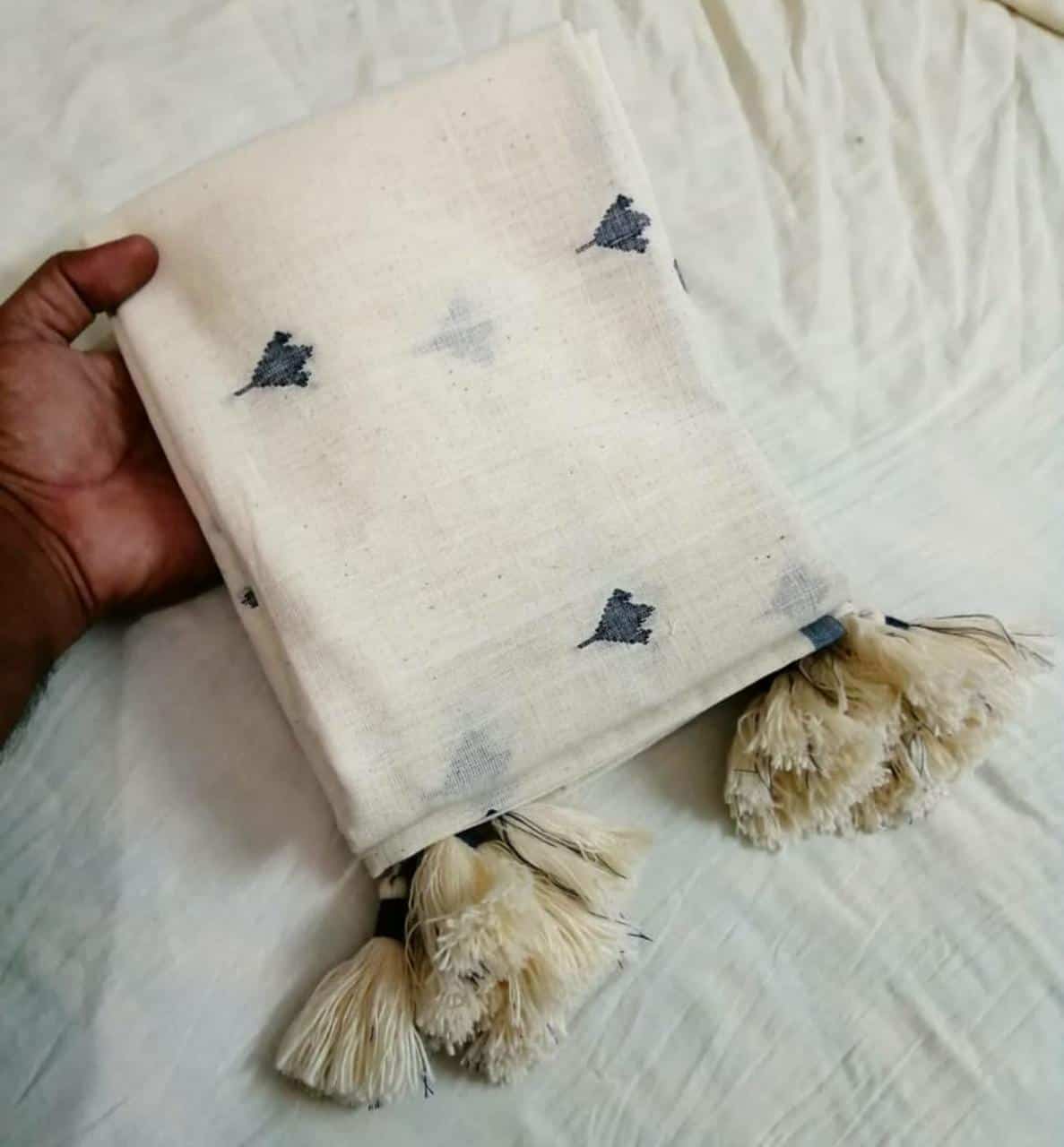Indian Textile Trade History: In this article, we will examine the link between Mumbai’s current urban landscape with its history in the cotton trade of India.
Mumbai, an urban city of luxurious skyscrapers and destitute slums, was built 400 years ago on seven islands. Before the European Influence, a community of fishers inhabited these seven islands. The Portuguese were the first to arrive here from Europe and strengthen their influence on the archipelago from 1534 onwards. Bombay’s fate changed when it entered the rule of British East India Company (EIC) after it was given as a dowry from Portugal to Charles II of England and consecutively came under the influence of EIC.

My husband and I transition our day into relaxation and nostalgia by binge watching motion series adaptation of R. K. Narayan’s book ‘Malgudi days’ . Short stories from a small village exuding the zeitgeist of pre-independence India- reminiscent of my grandmother’s beautiful stories. In one particular episode of Malgudi days, the whole village organizes a bonfire to burn their ‘English’ clothes.. The story belongs to a time when Indian’s were encouraged to keep only ‘khadi’ or ‘khaddar’ clothes with them. It gives the audience a glimpse of the boycott movement that was adopted to fight against the imperial rule.
‘Khadi’ , a material embodiment of an ideal’
In the current situation, we are witnessing the collapse of long distant supply chains and brutal financial realities. It is time that countries adopted self reliance and economic self sufficiency that was advocated by M.K Gandhi for India. Gandhi used humble Khadi as his weapon for inspiring a revolution.

